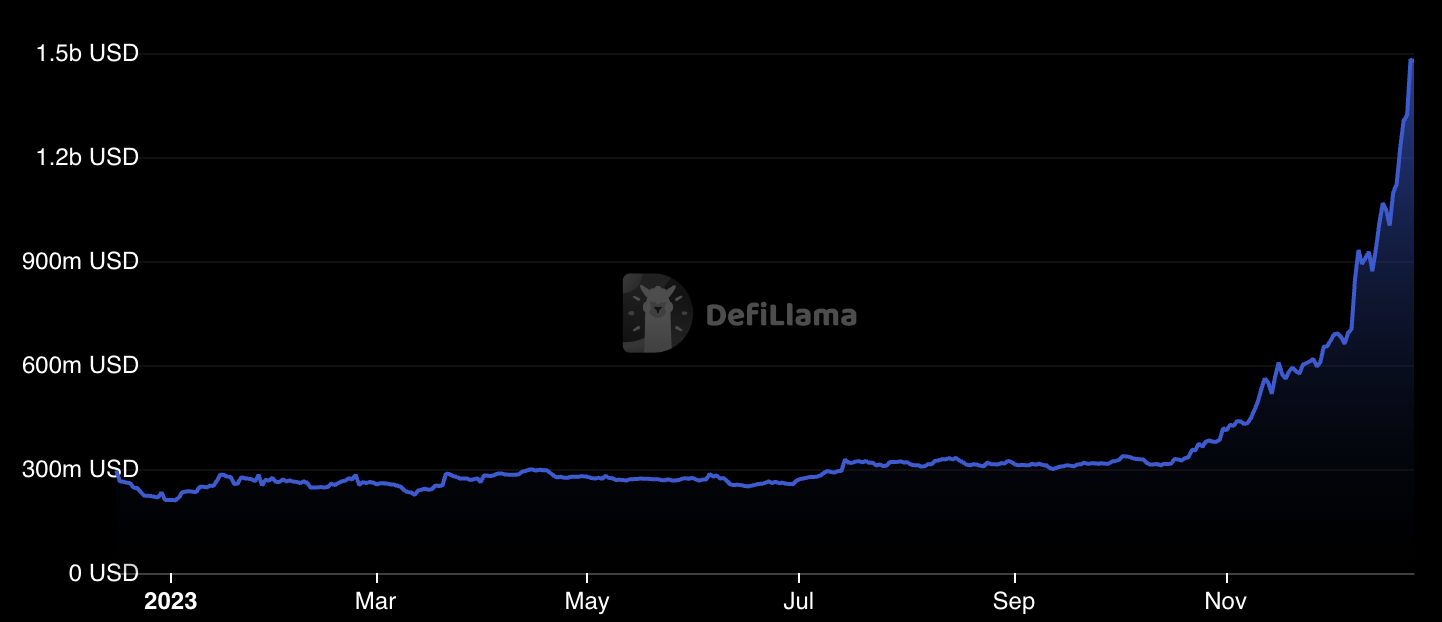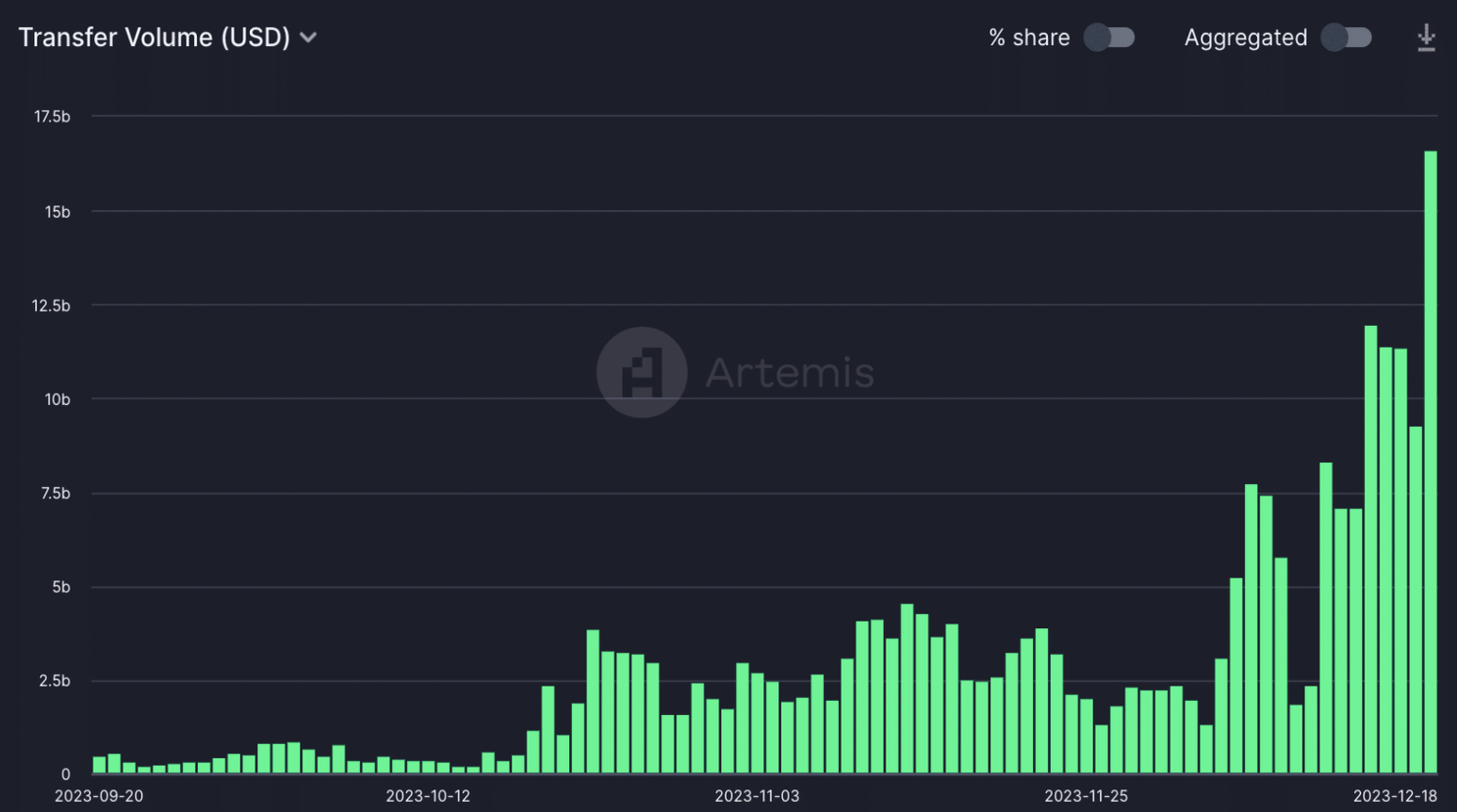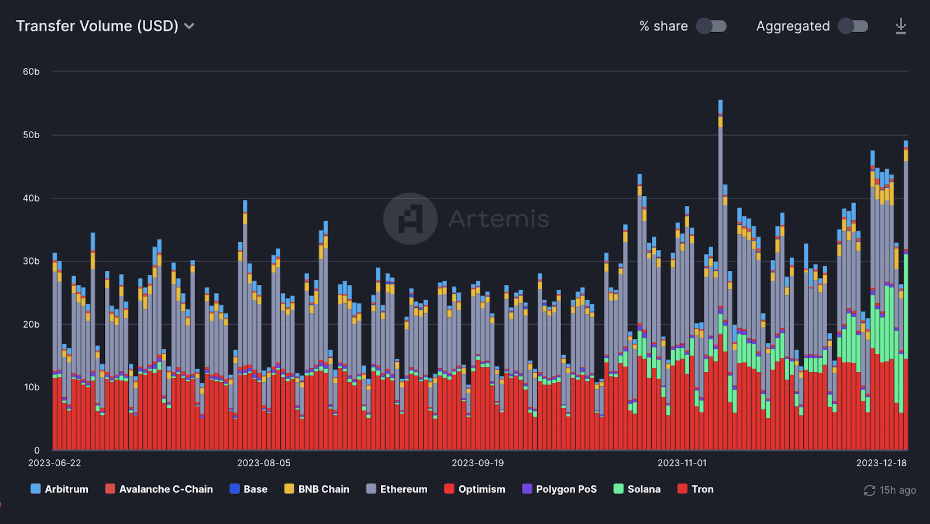Original - Odaily
Author - Loopy

Recently, a regulatory development of Paxos attracted our attention. Paxos has received approval from the New York Department of Financial Services (NYDFS) to expand its stablecoin issuance operations to the Solana blockchain. What needs to be emphasized is that even though it was previously huge, such as BUSD, it was still only allowed to operate inEthereum networkissued.
The move marks the first time Paxos has expanded its operations beyond Ethereum into the crypto world.
Paxos was once known for its BUSD business. In February 2023, BUSD suddenly came under NYDFS supervision. After BUSD was suspended by regulation, Paxos gradually became weak in the competitive landscape of stablecoins. Will the approval of Solanas business bring new growth points to Paxos, and even disrupt the relatively stable stablecoin market?
Paxos’s market share shrinks and challenger halo fades
When we observe time on a cycle-travel scale, we can discover the dramatic development of Paxos.
Historical data shows that during the bear market in 2022, the market values of USDT and USDC were once slowly declining. However, BUSD owned by Paxos has continued to rise slowly, once reaching a historical high of over 23 billion US dollars.
And after regulatory sanctions, Paxos lost BUSD. USDP has never been able to make too many waves in the stablecoin market.

DeFiLlama data shows that the current stablecoin market is still dominated by two companies. Although BUSD once ranked as the third largest stablecoin, the market share of USDP, the main product of Paxos, is still at a low level.
According to data from DeFiLlama, the total market capitalization of stablecoins is approximately $130.7 billion. USDT and USDC together account for 88% of the stablecoin market share.
Although USDP is the ninth largest stablecoin, in terms of share, it is far from being able to compete with the long-standing duo in the stablecoin market.
Currently, USDP’s total market capitalization is only $370 million. If compared with the peak value of BUSD, it is only equivalent to 1.6% of BUSD.
This data seems a little ugly for the former third in the market. This announcement of expanding its business to the Solana ecosystem may bring new vitality to Paxos.
Solana’s stablecoin use cases are growing, can it take Paxos away?
In recent days, the SOL token has continued to surge, bringing the Solana ecosystem back to the center of the market again. DeFiLlama data shows that Solana ecosystem TVL has increased nearly 5 times since this year.

With Solanas rapid development, although we dont yet know where Solana can go in the future, the community and the market have high hopes for it.
Going forward, Solana still appears to have compliance as one of its underlying narratives.
Currently, SOL has become the fourth largest cryptocurrency by market capitalization. If USDT is not included in the ranking, SOL is the third largest cryptocurrency after BTC and ETH. In the future, if Solana once again grows into a new generation of crypto giants, stablecoins will still be an indispensable business landscape and use case in this ecosystem.
Currently, there are still many regulatory uncertainties in the stablecoin market. Although USDT and USDC have operated stably in the long term, USDP still has unique features in terms of compliance.
What is even more noteworthy is that although BUSD once gained a good market share in the encryption market. However, BUSD, which is better known to the public and deployed on BNB Chain, and BUSD, which is the ETH mainnet with regulatory permission, are not the same thing. BUSD is only deployed on the Ethereum network by Paxos, and other networks are cross-chained by third parties. Previously, Odaily had been inold articleThere is a detailed explanation of Paxos and BUSD.
As investors, it is difficult for us to say which stablecoin brand is more secure and reliable, but judging only from paper data, USDP is undoubtedly one of the leading stablecoin brands with more complete compliance.
Paxos or regulatory permission will expand its business territory beyond the ETH main network for the first time. This is not only an outlook on the potential of USDP, but also explains the regulatory attitude towards Solana to a certain extent. A more reasonable guess is that if Solana still retains its compliance, I am afraid that the compliant stablecoin will be an insurmountable puzzle piece in the ecological landscape.
How active is Solana’s stablecoin use case?
This expansion of Paxos business is seen as a milestone step for the company. Looking to the future, perhaps this move will trigger the next stablecoin war and may also have a profound impact on the entire stablecoin market.
Currently, Solana’s stablecoin market is quite active.
According to institutional crypto data platform Artemis, Solana’s daily stablecoin transfer volume has increased by 600% since the beginning of December to $16.6 billion, and it is now one of the leading blockchain networks for stablecoin use cases.

(Solana network stablecoin transfer volume)

(Comparison of stablecoin transfers on different networks)
Judging from the level of activity, Solana is undoubtedly one of the most important stablecoin usage scenarios. With the compliance process of USDP, is Solana willing to regard it as an ecological stablecoin that is strongly bound to itself?
Paxos has always been known for its compliance and issued the PayPal stablecoin PYUSD. Solana co-founder Raj Gokal publicly stated about Paxos’ business expansion: “Paxos’ decision to introduce stablecoin issuance to the Solana blockchain will demonstrate how Solana’s high-performance network and low transaction fees can support regulated financial products.
Looking back at history, every generation of giants seems to have worked hard on strongly bound stablecoins supported by themselves for a period of time. Currently, Solana has emerged, and there happens to be widespread demand for stablecoins. Although there is still uncertainty about whether Solana can recover to the huge ecosystem that was called a giant in the previous cycle, the potential of this compliance narrative is enough to create a ripple in the market structure of stablecoins. .



